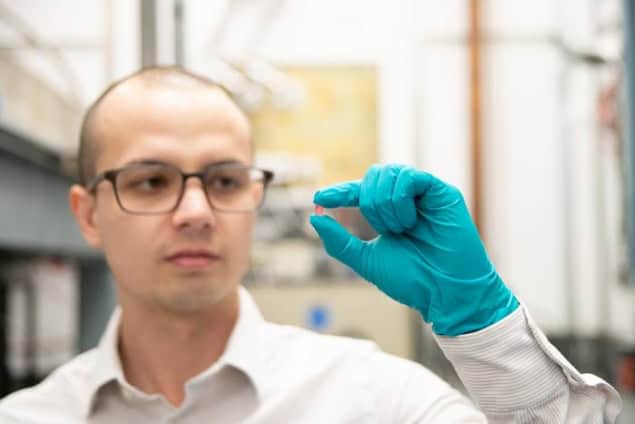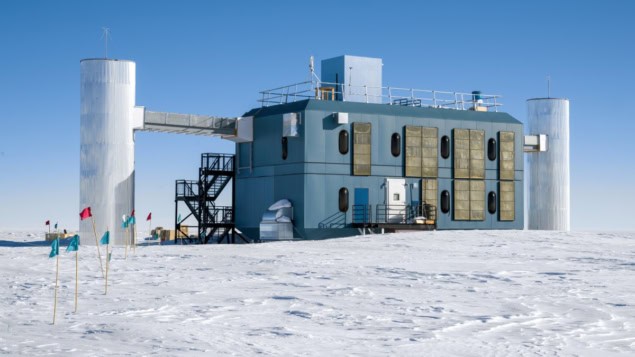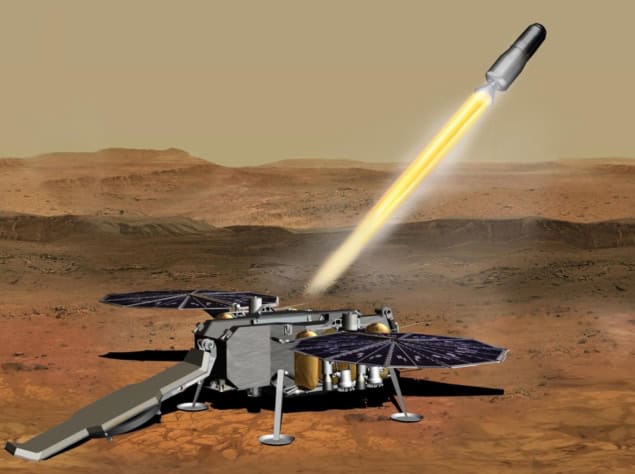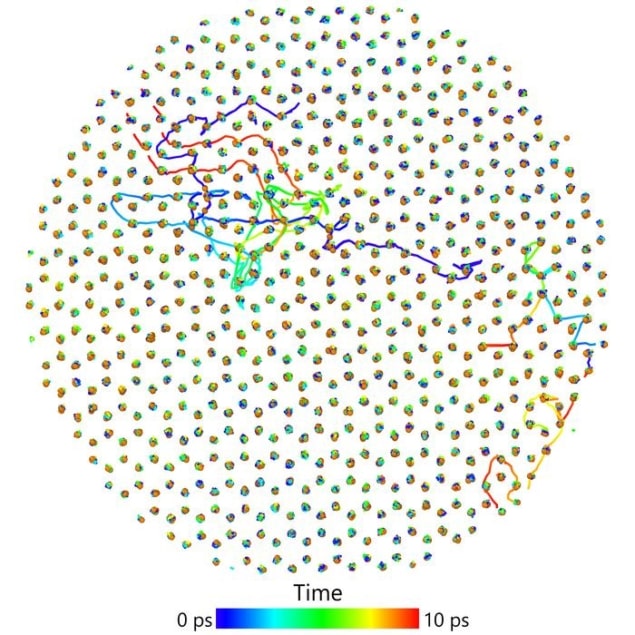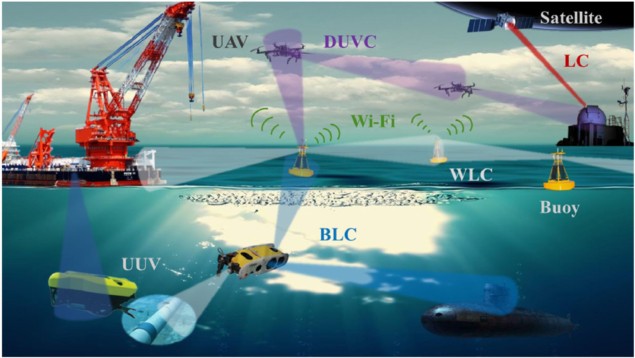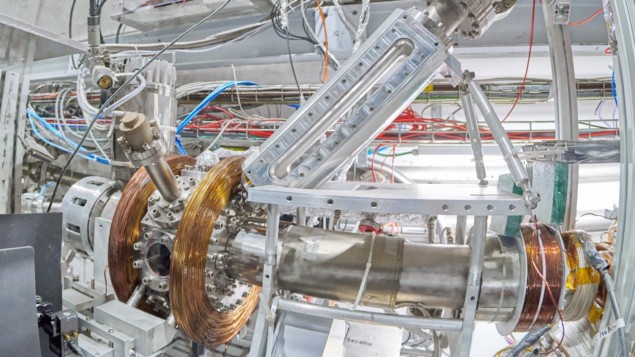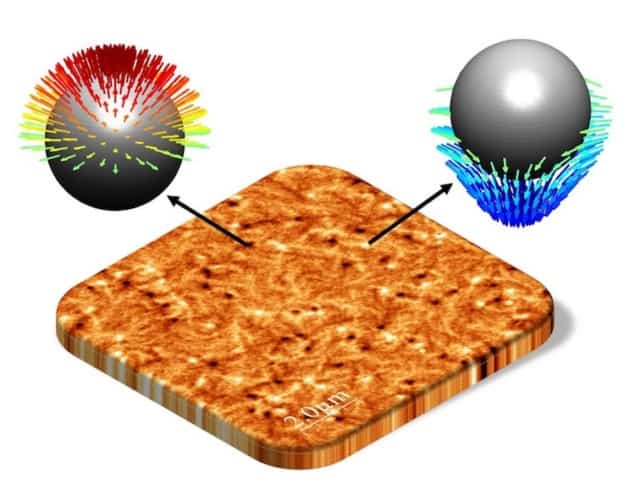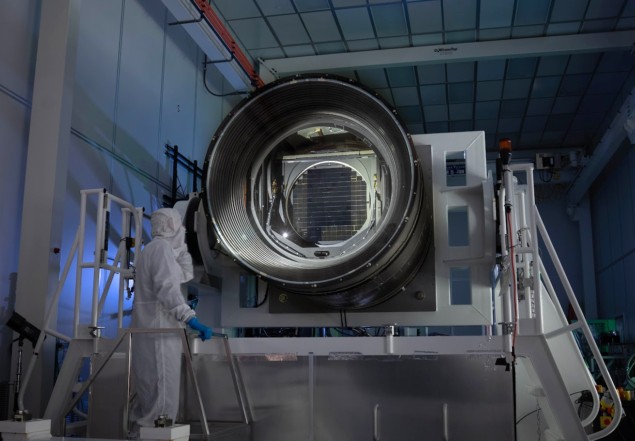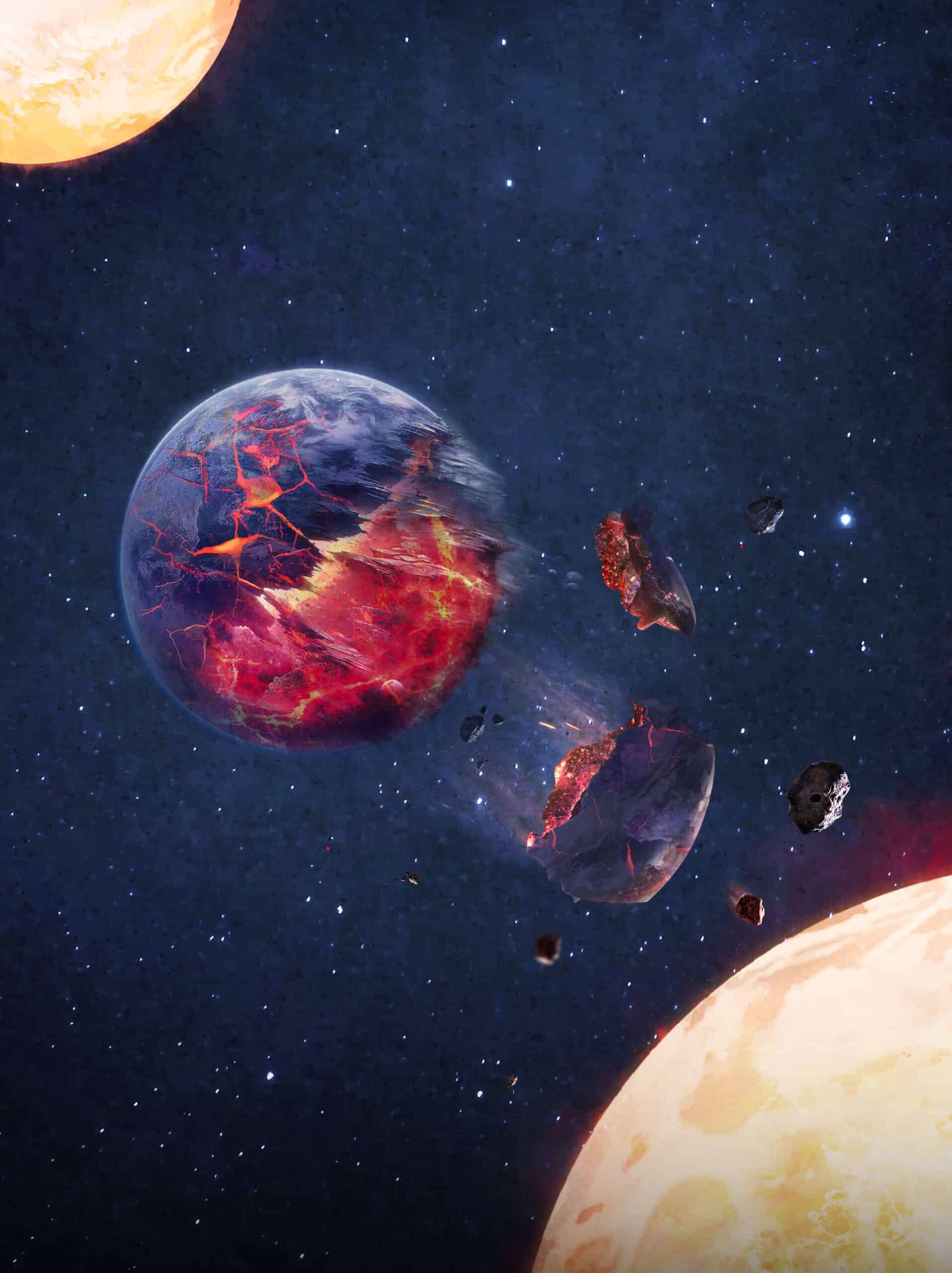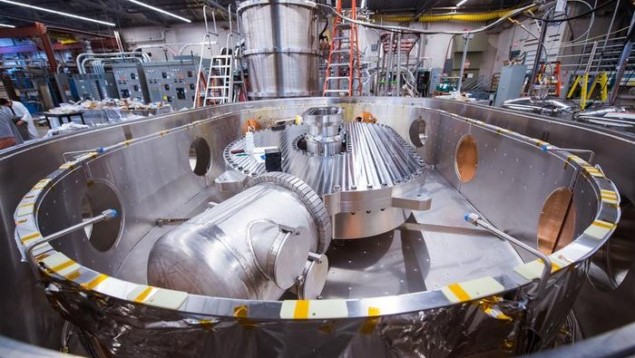- TO PURCHASE THE SYSTEMIC TECHNOLOGIES ECOSYSTEMS IN BUSINESS EXCELLENCE E-BOOK SOLD ON AMAZON, GOOGLE, AMAZON.COM, AND UNDER BOOKS, WRITE IN THE AMAZON PRODUCT SEARCH FIELD: SYSTEMIC TECHNOLOGIES ECOSYSTEMS IN BUSINESS EXCELLENCE, AND WITH ONE-CLICK BUY AND DOWNLOAD THE E-BOOK, GET THE KINDLE APP TO READ THE E-BOOK. GOOD LUCK!
Αναζήτηση αναρτήσεων
Κυριακή 5 Μαΐου 2024
Πέμπτη 2 Μαΐου 2024
NEW SMART E-BOOK ON AMAZON KINDLE PUBLISH ON 18th APRIL 2024 :SYSTEMIC TECHNOLOGIES ECOSYSTEMS IN BUSINESS EXCELLENCE Kindle Edition
NEW SMART E-BOOK ON AMAZON KINDLE PUBLISH ON 18th APRIL 2024
SYSTEMIC TECHNOLOGIES ECOSYSTEMS IN BUSINESS EXCELLENCE Kindle Edition
INVEST IN THE BOOK AND LEARN EVERYTHING ON THE SMART FUTURE CHALLENGING TECHNOLOGIES. DO YOUR RESEARCH ON THE MARKET AND INVEST YOUR MONEY IN THE FUTURE TECHNOLOGIES IN A SECURE AND CHALLENGING ECONOMIC ENVIRONMENT.
READ THE E-BOOK (NOW, YOU CAN ORDER A PAPERBACK PHYSICAL BOOK AVAILABLE ON AMAZON.COM), AND WRITE YOUR 5 STAR REVIEW ON THE BOOK (IF YOU HAVE SHOPPED ON AMAZON FOR AT LEAST 50 $ IN THE LAST 12 MONTHS).
AUTHOR: KONSTANTINOS P. TSIANTIS
Δευτέρα 29 Απριλίου 2024
Quantum Barkhausen noise detected for the first time
Quantum Barkhausen noise detected for the first time
Search for tiny black holes puts tighter constraints on quantum gravity
Search for tiny black holes puts tighter constraints on quantum gravity
NASA demands new designs for cost-hit Mars Sample Return mission
NASA demands new designs for cost-hit Mars Sample Return mission
Looking for dark matter differently
Looking for dark matter differently
Quantum mechanical wormholes fill gaps in black hole entropy
Quantum mechanical wormholes fill gaps in black hole entropy
Κυριακή 28 Απριλίου 2024
Pros and Cons of Quantum Chromodynamics
Pros and Cons of Quantum Chromodynamics
PROS AND CONS OF QUANTUM ELECTRODYNAMICS
PROS AND CONS OF QUANTUM ELECTRODYNAMICS
PROS AND CONS OF CLASSICAL ELECTRODYNAMICS
PROS AND CONS OF CLASSICAL ELECTRODYNAMICS
Παρασκευή 19 Απριλίου 2024
THE EXISTENCE OF NEGATIVE MASS AND ITS CONSEQUENCES IN OUR WORLD
THE EXISTENCE OF NEGATIVE MASS AND ITS CONSEQUENCES IN OUR WORLD
Introduction
ΜΕΡΙΚΕΣ ΑΠΟΨΕΙΣ ΓΙΑ ΤΗΝ ΥΠΑΡΞΗ ΤΗΣ ΑΡΝΗΤΙΚΗΣ ΜΑΖΑΣ
ΜΕΡΙΚΕΣ ΑΠΟΨΕΙΣ ΓΙΑ ΤΗΝ ΥΠΑΡΞΗ ΤΗΣ ΑΡΝΗΤΙΚΗΣ ΜΑΖΑΣ
ΓΙΑ ΝΑ ΔΙΑΒΑΣΕΤΕ Η ΝΑ ΚΑΤΕΒΑΣΕΤΕ ΤΟ ΑΡΧΕΙΟ ΜΕ ΤΙΣ ΜΕΡΙΚΕΣ ΑΠΟΨΕΙΣ ΓΙΑ ΤΗΝ ΥΠΑΡΞΗ ΤΗΣ ΑΡΝΗΤΙΚΗΣ ΜΑΖΑΣ ΠΑΡΑΚΑΛΩ ΠΑΤΗΣΤΕ ΣΤΟΝ ΕΠΟΜΕΝΟ ΣΥΝΔΕΣΜΟ ΕΔΩ
Πέμπτη 18 Απριλίου 2024
Nuclear Fuel Enrichment Process | Diffusion & Centrifuge
Nuclear Fuel Enrichment Process | Diffusion & Centrifuge
Iran to Develop Centrifuges for Faster Uranium Enrichment
Iran to Develop Centrifuges for Faster Uranium Enrichment
Centrifugation Method in Enrichment of Uranium, Development of Ballistic Missiles, and Nuclear Technology
Centrifugation Method in Enrichment of Uranium, Development of Ballistic Missiles, and Nuclear Technology
Τρίτη 16 Απριλίου 2024
Collapse of the Wave Function
Collapse of the Wave Function
Why is
it that more than half of the modern "interpretations of quantum mechanics deny the "collapse of the wave
function."
Why
are so many severe physicists and philosophers of science so unhappy with this
concept, which was a fundamental part of the "orthodox" theory
proposed in the late 1920s by the "founders" of quantum mechanics
- Werner Heisenberg, Niels Bohr, Max Born, Paul Dirac, Wolfgang Pauli, and Pascual Jordan.
We can
give the most straightforward answer in a single word - chance. Albert Einstein, the foremost scientist of all time (and ironically
the discoverer of chance in quantum mechanics, which he disliked
but never denied was a part of the quantum theory, as far as it could go in his
time) adamantly disliked the idea of "uncertainty" or
"indeterminism," the thought that some things in the universe were
not caused (or only statistically caused).
The idea of the wave function in quantum mechanics and its indeterministic collapse during a measurement is undoubtedly the most controversial problem in physics today. Of the several “interpretations” of quantum mechanics, more than half deny the collapse of the wave function. Some of these deny quantum jumps and even the existence of particles!
Δευτέρα 15 Απριλίου 2024
A year of quantum highlights
A year of quantum highlights
Wavefunction and Shrondiger equation and its significant explanation in the real world.
Wavefunction and Shrondiger equation and its significant explanation in the real world.
Κυριακή 14 Απριλίου 2024
What do we know about dark matter and dark energy in our universe?
What do we know about dark matter and dark energy in our universe?
TO READ OR TO DOWNLOAD THE FILE PDF OF "WHAT DO WE KNOW ABOUT DARK MATTER AND DARK ENERGY IN OUR UNIVERSE PLEASE HIT ON THE FOLLOWING LINK HERE
Σάββατο 13 Απριλίου 2024
What do we know about dark matter and dark energy in our Universe?
What do
we know about dark matter and dark energy in our Universe?
THE STRUCTURE OF THE ATON AND THE NUCLEUS AND HOW STABLE IS THE NUCLEUS ACCORDING TO QUANTUM CHROMODYNAMICS
THE STRUCTURE OF THE ATON AND THE NUCLEUS AND HOW STABLE IS THE NUCLEUS ACCORDING TO QUANTUM CHROMODYNAMICS
The uncertainty principle and its importance in quantum mechanics and the stability of atoms in nuclear physics
The uncertainty principle and its importance in quantum mechanics and the stability of atoms in nuclear physics
Πέμπτη 11 Απριλίου 2024
The Physics of Tachyons: What Are Tachyons?
The Physics of Tachyons: What Are Tachyons?
ΓΙΑ ΝΑ ΔΙΑΒΑΣΕΤΕ Η ΝΑ ΚΑΤΕΒΑΣΕΤΕ ΤΟ PDF ΘΕΩΡΙΑΣ ΓΙΑ ΤΗΝ ΦΥΣΙΚΗ ΤΩΝ ΤΑΧΥΟΝΙΩΝ ΠΑΡΑΚΑΛΩ ΠΑΤΗΣΤΕ ΣΤΟΝ ΕΠΟΜΕΝΟ ΣΥΝΔΕΣΜΟ ΕΔΩ
Τετάρτη 10 Απριλίου 2024
The Compton Effect and Its Importance in Quantum Mechanics: Applications in Science and Modern Technology
The Compton Effect and Its Importance in Quantum Mechanics: Applications in Science and Modern Technology
Τρίτη 9 Απριλίου 2024
Ambrogio Fasoli: The new European fusion boss wants a demonstration fusion plant
Ambrogio Fasoli: The new European fusion boss wants a demonstration fusion plant
Iron atoms in Earth’s inner core are on the move
Iron atoms in Earth’s inner core are on the move
Explaining the origin of life with physics
Explaining the origin of life with physics
All-optical space-air-sea communication network makes its debut
All-optical space-air-sea communication network makes its debut
Solid-state battery electrolyte makes a fast lithium-ion conductor
Solid-state battery electrolyte makes a fast lithium-ion conductor
The matter–antimatter gas of positronium is laser-cooled
The matter-antimatter gas of positronium is laser-cooled
Battery cycles: shedding light on the detail of electrochemical materials and devices
Battery cycles: shedding light on the detail of electrochemical materials and devices
Roll-to-roll-fabricated hybrid perovskite solar cells reach record efficiencies
Roll-to-roll-fabricated hybrid perovskite solar cells reach record efficiencies
Quasiparticles called merons appear in a synthetic antiferromagnet for the first time
Quasiparticles called merons appear in a synthetic antiferromagnet for the first time
Heat capacity measurements reveal Majorana fermions.
Heat capacity measurements reveal Majorana fermions.
Construction complete on the 3200-megapixel Legacy Survey of Space and Time camera
Construction complete on the 3200-megapixel Legacy Survey of Space and Time camera
Planet-gobbling stars are more common than we thought.
Planet-gobbling stars are more common than we thought.
Δευτέρα 8 Απριλίου 2024
Cosmic combat: delving into the battle between dark matter and modified gravity
Cosmic combat: delving into the battle between dark matter and modified gravity
Baryon acoustic oscillations hint that dark energy may have changed over time
Baryon acoustic oscillations hint that dark energy may have changed over time
REBCO high-temperature superconductors are ideal for tokamak magnets, study suggests
REBCO high-temperature superconductors are ideal for tokamak magnets, study suggests
THE PHOTOELECTRIC EFFECT AND ITS APPLICATIONS IN SCIENCE AND MODERN TECHNOLOGY
THE PHOTOELECTRIC EFFECT AND ITS APPLICATIONS IN SCIENCE AND MODERN TECHNOLOGY
Εικόνα 1.
THE PHOTOELECTRIC EFFECT
Photoelectrons are emitted from the surface of the metal when light shines onto it.
THE CONCEPT OF "QUANTUM" IN QUANTUM MECHANICS
THE CONCEPT OF "QUANTUM" IN QUANTUM MECHANICS
Κυριακή 7 Απριλίου 2024
QUANTUM MEASUREMENT
QUANTUM TELEPORTATION
QUANTUM
TELEPORTATION
QUANTUM ENTANGLEMENT THEORY
QUANTUM ENTANGLEMENT
THEORY
String Theory and Quantum Mechanics: Exploring the Fundamental Nature of the Universe
String Theory and Quantum Mechanics: Exploring the Fundamental Nature of the Universe
Σάββατο 6 Απριλίου 2024
QUANTUM CRYPTOGRAPHY
QUANTUM CRYPTOGRAPHY
Quantum Theory of Information and Quantum Technologies
Quantum Theory of Information and Quantum Technologies
QUANTUM GRAVITY THEORY
QUANTUM GRAVITY THEORY
THE BLACK BODY RADIATION – APPLICATIONS IN SCIENCE AND TECHNOLOGY THEORY
THE BLACK BODY RADIATION – APPLICATIONS IN SCIENCE AND TECHNOLOGY
THEORY
ROTATING CONDUCTOR - ROTATING FRAME - ALTERNATING VOLTAGE THEORY
ROTATING CONDUCTOR - ROTATING FRAME - ALTERNATING VOLTAGE
THEORY

